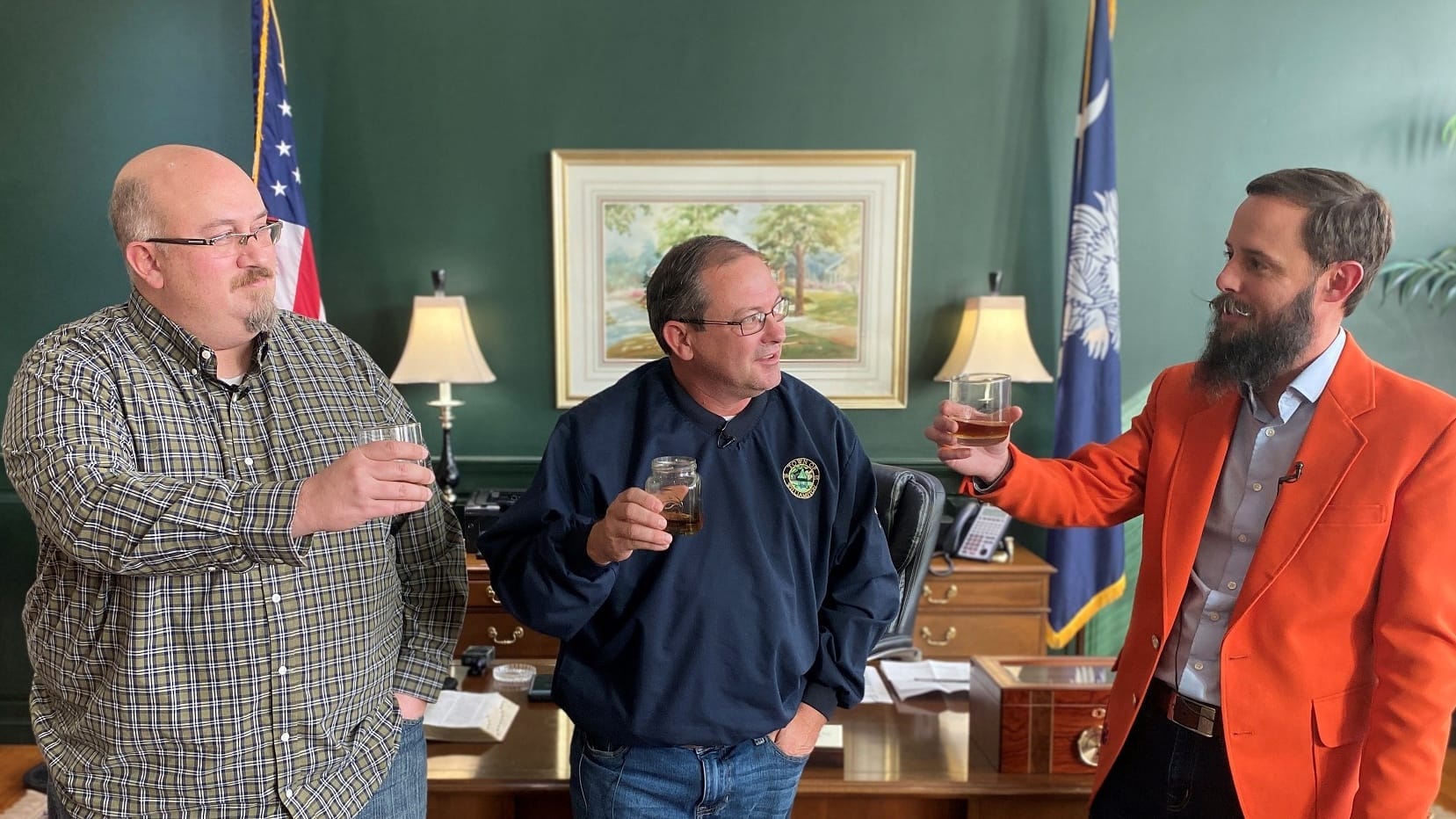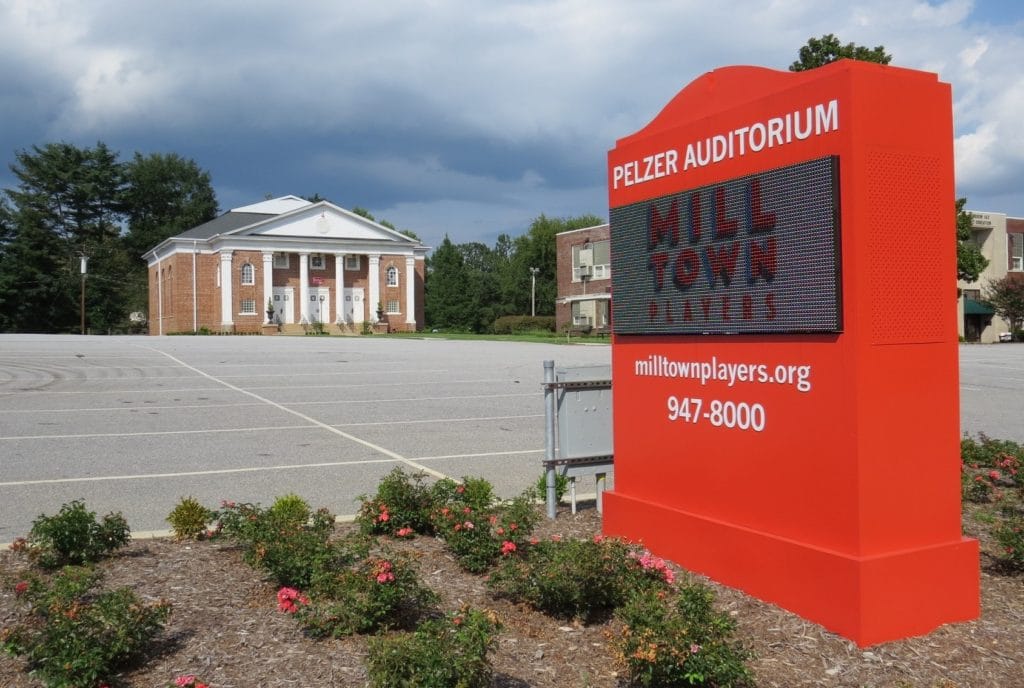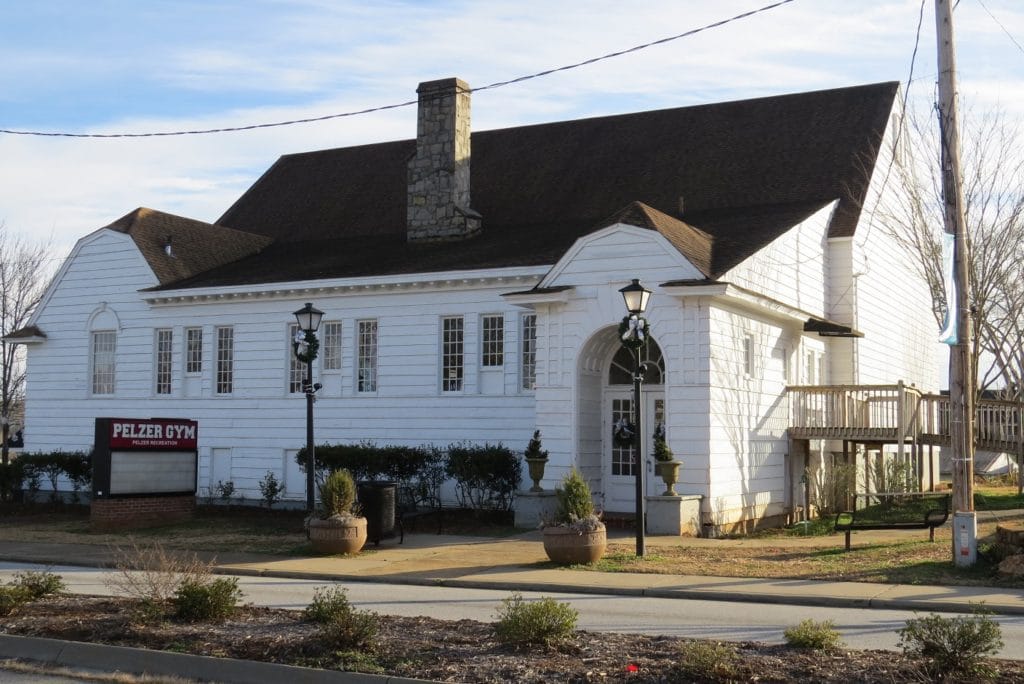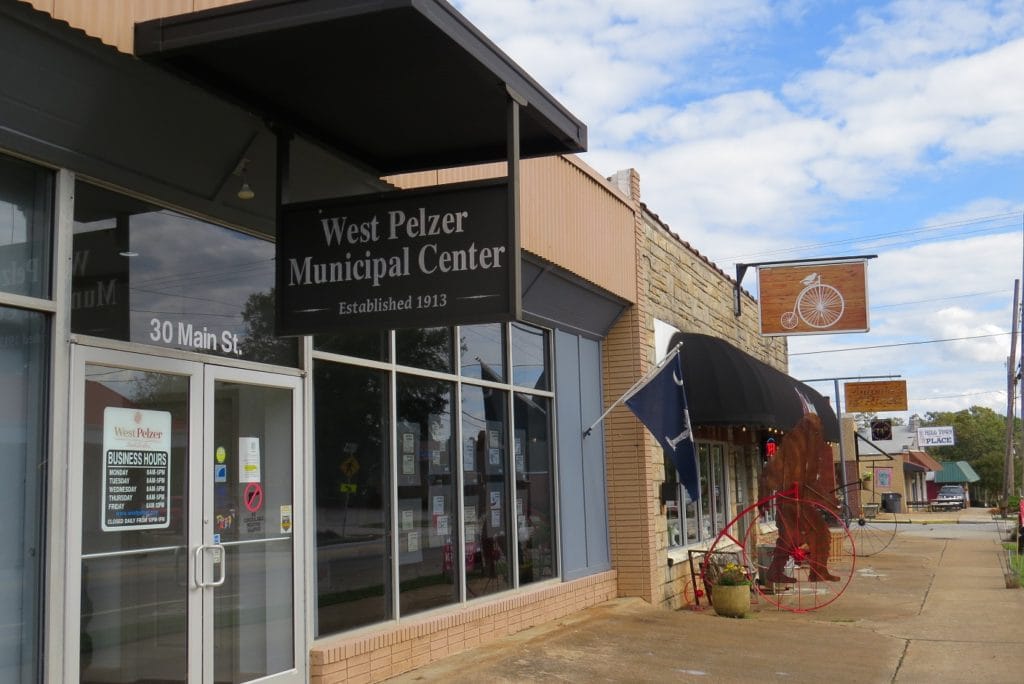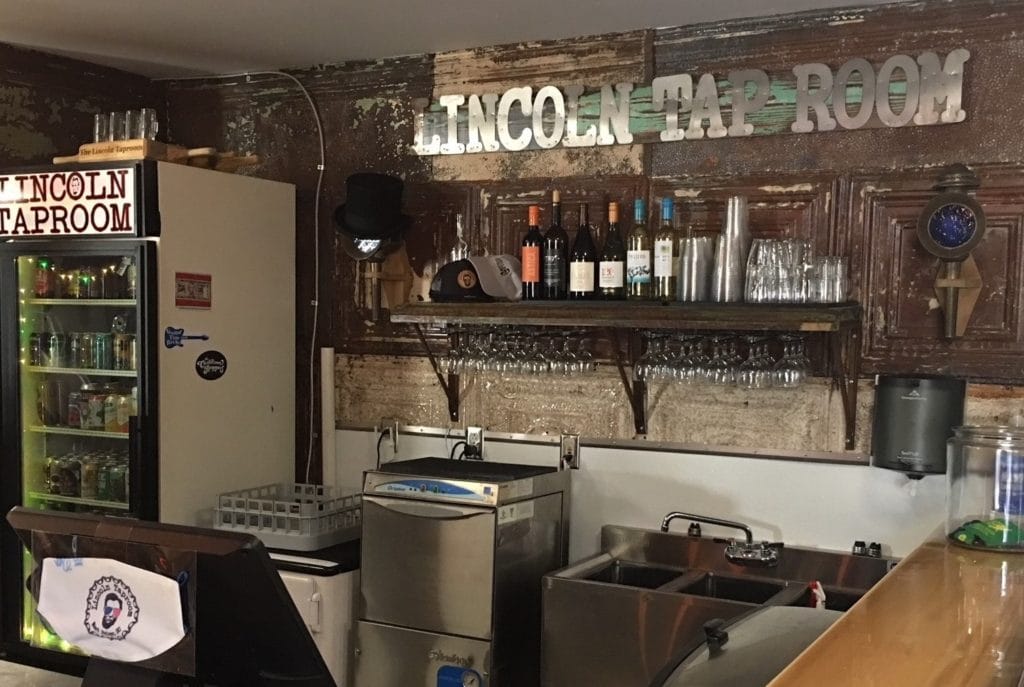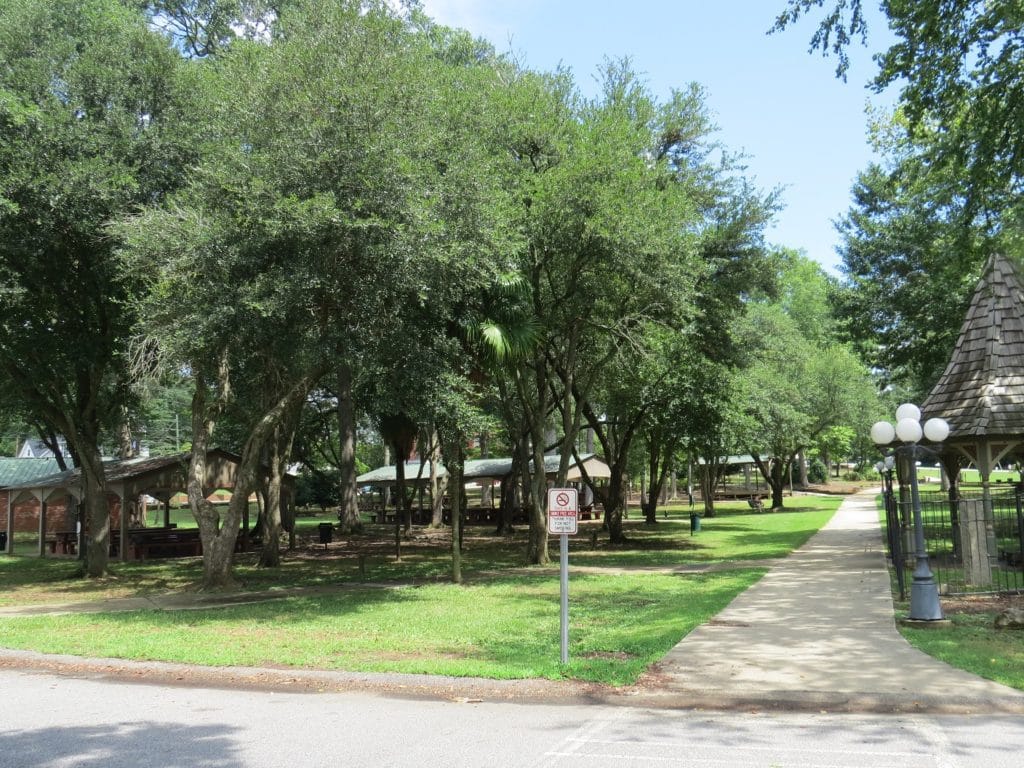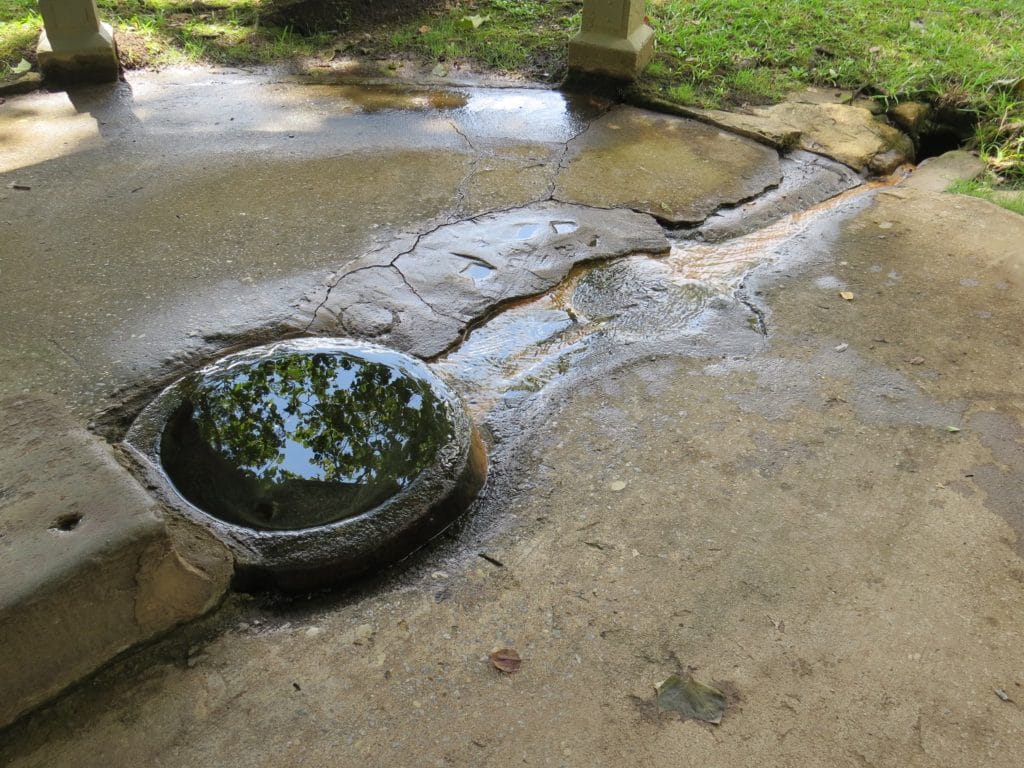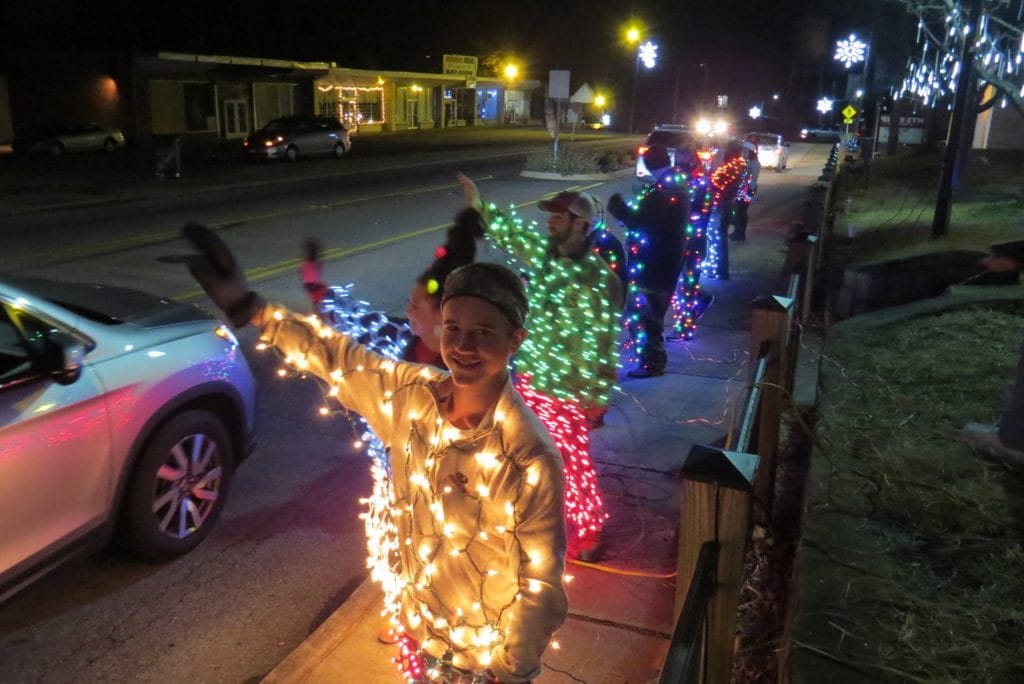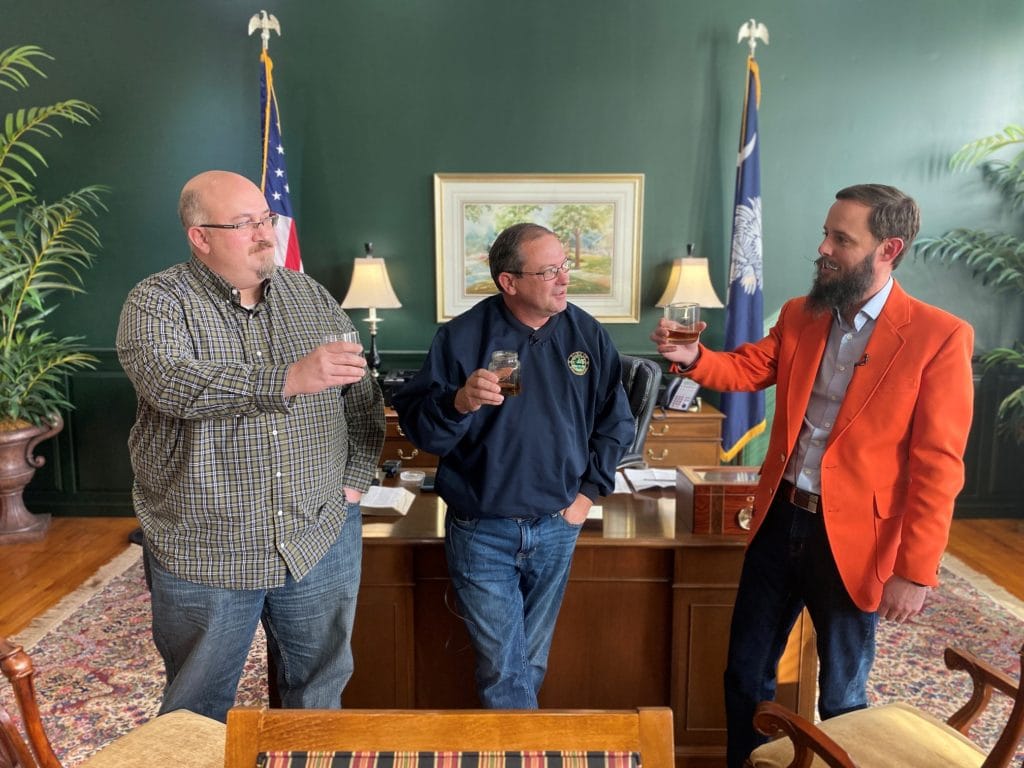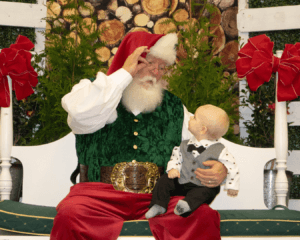Three towns. One community. That’s the takeaway from a sit down with the mayors of Williamston, Pelzer and West Pelzer.
Joined by geography and schools that border the three contiguous towns, Pelzer Mayor Will Ragland, West Pelzer Mayor Blake Sanders and Williamston Mayor Rockey Burgess believe that collaboration is the key to revitalizing the former textile towns in northeastern Anderson County.
Dubbed the Three Amigos by Burgess’ wife, the mayors are working together to create an environment for growth that pays homage to the history of the towns. And all have the institutional knowledge to help ensure that the culture of the communities is preserved.
Burgess grew up in the mill village in Williamston, moving away at the age of 17 then returning home after a stint in the Army. Sanders grew up just outside West Pelzer, vowing to never again live in a small town after graduating from nearby Clemson University. Ragland grew up in Powdersville, moving to Pelzer a few years ago after leaving his job as an educator to form the Mill Town Players at Historic Pelzer Auditorium.
“The three of us truthfully believe that our municipalities are not in competition with each other,” said Sanders, who is in his second term as mayor of West Pelzer. “Neither Rockey nor myself are trying to figure out how to get Mill Town Players to move or expand, or how do we get into competition with them. We’re the biggest cheerleaders of what Pelzer has going on.”
Matter of fact, Mill Town Players had a starring role in introducing Ragland to his fellow mayors shortly after he moved to Pelzer.
“I had to speak in front of the school board on behalf of Mill Town Players,” Ragland recalled. “Rockey came up to me afterward and said, ‘You speak well in front of audiences. Have you ever thought about running for public office?’”
And he met Sanders when the West Pelzer mayor came to an early on Mill Town Players performance.
“It was intermission of the Christmas show our first season, and Blake came up to me and said, ‘I’m sold. I love it. I’m sold.’ From that point forward, we all became friends.”
Burgess said it is not unusual to see him having a beer at the Lincoln Taproom in West Pelzer or attending a Mill Town Players performance. Likewise, he sees Sanders and Ragland eating at restaurants in Williamston and visiting the town’s historic Mineral Spring Park.
“We share each other’s stories, we talk with each other a lot and I think that’s extremely important,” said Burgess, who was sworn in as Williamston’s mayor on Jan. 1 after serving two terms on town council. “And I think it’s important for the community to see us together.”
Collaborating increases clout
Friendship aside, the mayors agree that collaborating is good for business and for increasing their clout when going after funding for infrastructure improvements and economic development initiatives.
“Collectively, three mayors can put together an idea that holds more weight on the state level, with GPATS, when going after local C-funds and other funding,” Burgess said.
For example, the three towns presently are working on a connectivity project along Depot Road.
“Just the simple addition of a sidewalk along the road would truthfully connect the communities and the schools together,” Sanders said. “In West Pelzer, we only have one small, quarter-acre park that we’ve improved, but we want to think now about how we can connect our people to Williamston and Pelzer better so our residents can take a 30-minute walk instead of just walking up and down Main Street. Let them spend some time in historic Monkey Park (in Pelzer) and historic Mineral Spring Park (in Williamston) before they make the trek back home.”
Capitalizing on the Saluda
And with three miles of riverfront along the Saluda, Pelzer is working on a master plan that includes a heavy dose of connecting trails.
“We know what trails do for communities,” Ragland said. “All you have to do is say, ’Swamp Rabbit Trail.’ If we can capitalize on the closeness of our three towns and connect them with walking and biking trails, it’s going to be so much fun for not only those who live here but for those who want to visit us.”
Once a vital part of the area’s booming textile industry, the Saluda River is receiving renewed interest for recreation. Anderson County recently installed a kayak launch in Pelzer and a startup company called Saluda River Rambler took more than 1,000 kayakers from Piedmont to Pelzer last summer.
“Nowadays, people want to live on the river and enjoy the river, so we’ve got to do more to capitalize on that for Pelzer and to have that connectivity with the trail system so if they come to Pelzer, they can also visit down the street,” Ragland said.
Storytellers-in-chief
For Sanders, who doesn’t have the Saluda or former textile mills in his municipality, it’s about preserving the stories of the historic communities.
“I believe that a mayor’s job is to be the chief storyteller,” says Sanders, who frequently shares the story of West Pelzer’s founding in 1913 when John Franks – unhappy with the way the founder of Pelzer Manufacturing Company was running the town – crossed the railroad tracks to start a town of his own where drinking, gambling and dogs were not prohibited.
“One thing that excites me about the two new mayors is that each city has its own story and now we have really good storytellers for both of them,” Sanders said.
One example, according to Sanders, is the reprise of the Pelzer Light People after a six-year hiatus. Ragland not only helped promote the event but even made his own light suit and joined in as a performer.
“Bringing back the light people may seem minimal to some people, but there’s an entire generation that missed seeing that and he brought it back.” Sanders said.
Planning for responsible growth
The mayors believe that exponential growth is just over the horizon for their towns and they want to be prepared to grow in a responsible and controlled way.
“Young families are moving in to all three towns and you are going to see a renaissance of this community in the next five years.” Ragland predicts. “In the next 10 years, it will be unrecognizable from where we sit right now, and in a good way.”
Adds Burgess, “When you come to Williamston in the next 12 months, it will be noticeably different. We’ve got a lot of good things going on that we’re very excited about including residential development.”
The mayors embrace their towns’ roles as bedroom communities of Anderson and Greenville, and believe they offer the same quality of life, or better, found in larger cities.
“I get it that people are going to work at Arthex, TTI, BMW or Michelin and we’re not going to have that industry here, but what we do have is the same quality of life that a place like Greenville has to offer,” Sanders said. “I live on Main Street and I can walk or bike to school, to a park, to my family’s house, to get a beer or root beer, to shop at an antique store, go to a meat-and-three, to the grocery store and to go to church. We have the same amenities that every other large city has, it’s just scalable. And government is scalable.”
Adds Ragland, “Everything that we need and everything that we do is just five minutes away. And if you want to talk to your government, they live right beside you and they will call you back. You’re part of the family here and that’s why you want to be here.”

